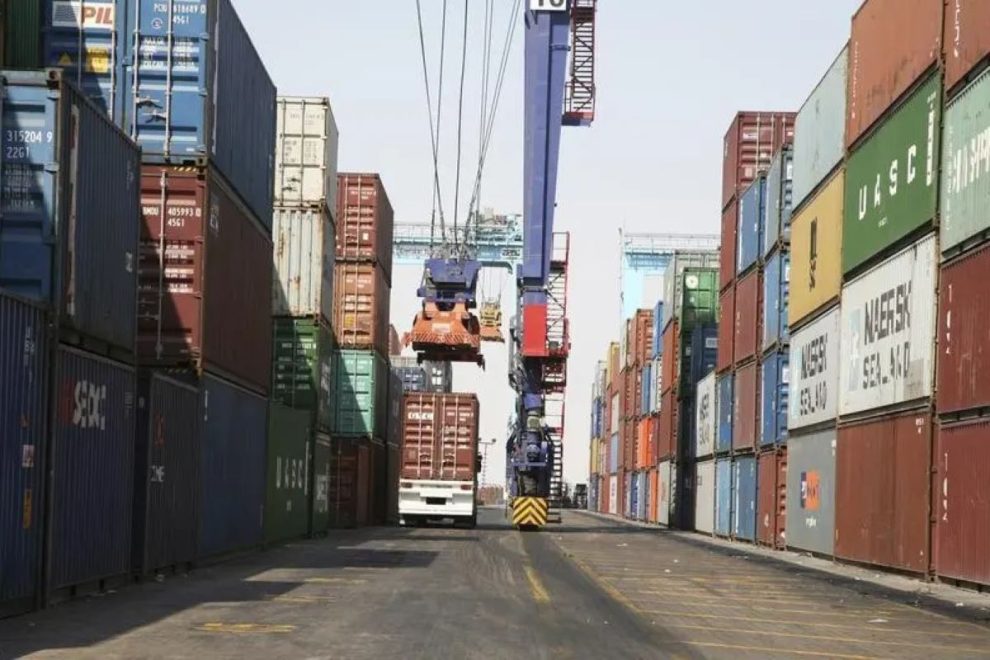Live animals, clothing and pharmaceuticals are among the untapped sectors Jordan believes will help reduce its trade balance deficit, as part of an export strategy worth more than $4.4 billion.
The new plan will open up a wide range of possibilities in the industrial sector as well as highlight potential new markets, according to details reviewed by the Jordan News Agency, Petra.
It also aims to benefit from the Jordanian economy’s developing indicators and its capacity to increase export competitiveness in both local and international markets.
To facilitate this, the strategy will work to boost commodity and service exports and improve their sustainability, competitiveness and diversification.
Other sectors with untapped export potential include fertilizers, ornaments and jewelry.
If Jordan takes advantage of these opportunities, its exports could reach around $10.5 billion, according to the export potential map prepared by the International Trade Center.
The strategy, which reflects the goals of both the public and private sectors, aims to increase the value and caliber of exports and boost their competitiveness to achieve export growth of at least 5 percent.
The Ministry of Industry, Trade and Supply confirmed that it will monitor the outputs of its practical application on the ground and work to enhance its strengths.
A group of markets were chosen in neighboring nations, North America, the EU, Africa and North Asian countries to target them with attractive Jordanian products.
Impending difficulties in taking advantage of these opportunities were also taken into consideration and specific solutions were offered.
High production costs brought on by rising energy costs, reliance on conventional manufacturing and production techniques, and difficulties organizing value chains and infrastructure related to the vegetable and fruit sector were a few of the internal challenges and obstacles that were identified.
Among the external challenges were high shipping costs, fierce competition faced by domestic goods, ineffective marketing initiatives, and high production costs for the agricultural sector.
In addition, the country faces impediments to the services sector including legal restrictions placed by some nations on professional services and the lack of knowledge about legal issues regulating the sector.
Source: Arab News






































